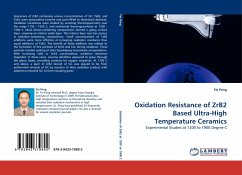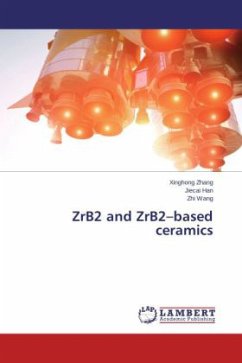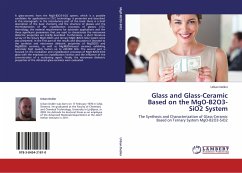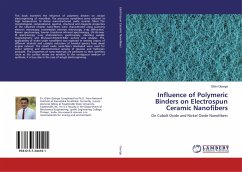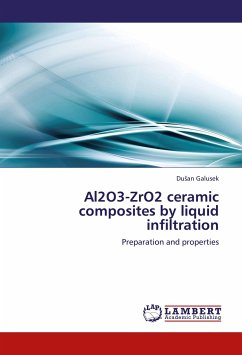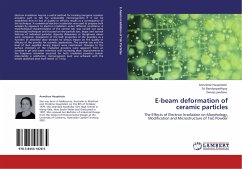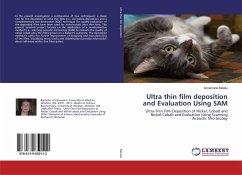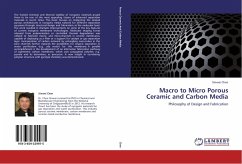Specimens of ZrB2 containing various concentrations of SiC, TaB2, and TaSi2 were pressureless-sintered and post-HIPed to theoretical densities. Oxidation resistances were studied by scanning thermogravimetry over the range 1150 - 1550 C, and isothermal thermogravimetry at 1200 - 1900 C. Most silicon-containing compositions formed a glassy surface layer, covering an interior oxide layer. This interior layer was less porous in tantalum-containing compositions. Small concentrations of TaB2 additions were more effective at increasing oxidation resistance than equal additions of TaSi2. The benefit of these additives was related to the formation of fine particles of ZrO2 and TaC during oxidation. These particles resisted wicking of their liquid/glassy borosilicate encapsulation. With increasing TaB2 or TaSi2 concentration, oxidation resistance degraded. In these cases, zirconia dendrites appeared to grow through the glassy layers, providing conduits for oxygen migration. At 1700 C and above, a layer of ZrB2 devoid of SiC was argued to be from preferential removal of SiC by reaction of silica oxidation product with adjacent unreacted SiC to form escaping gases.
Bitte wählen Sie Ihr Anliegen aus.
Rechnungen
Retourenschein anfordern
Bestellstatus
Storno

